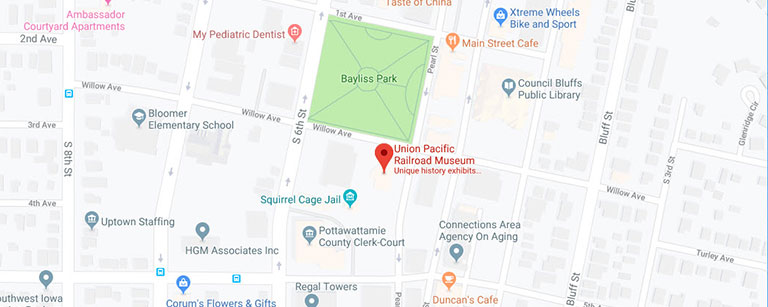The Union Pacific Railroad Museum is recognizing National Bison Day with a community roundtable conversation Saturday, Nov. 2, from 1 to 3 p.m. This fast-paced, participatory conversation will challenge four community leaders and bison experts to answer the question: “Bison are important because…?” Visitors are welcome to attend, listen and take part in an examination and discussion on the role of buffalo or bison in North American and in the American West.
President Barack Obama signed National Bison Day into existence on May 9, 2016. Now the official National Mammal of the United States, the iconic North American Bison have played a cultural, economic, and environmental role in the history of the country. Central to the livelihood of Native Americans, they are a healthy food source and vital to religious ceremonies. The once giant herds that covered the plains were nearly decimated in the 19th and 20th centuries through over hunting, easy access provided by railroads, and military policies of eradication. The bison population once estimated in the tens of millions fell to under 1,000 animals by the year 1900. Now, small populations of bison live in national parks, refuges, and on Tribal and private lands.
In 2019, the Union Pacific Museum is reflecting upon the 150th anniversary of the completion of the transcontinental railroad, a pivotal moment in American history. Utilizing an enhanced calendar of programming and expanded community partners, this complex history will be explored from multiple perspectives and the shared experiences of people whose personal and family histories have been touched by the railroad. The museum will explore viewpoints from the Chinese, Irish and many others who helped to build the railroad, to indigenous people displaced by the oncoming railroad and the ensuing conflict with the U.S. government.

